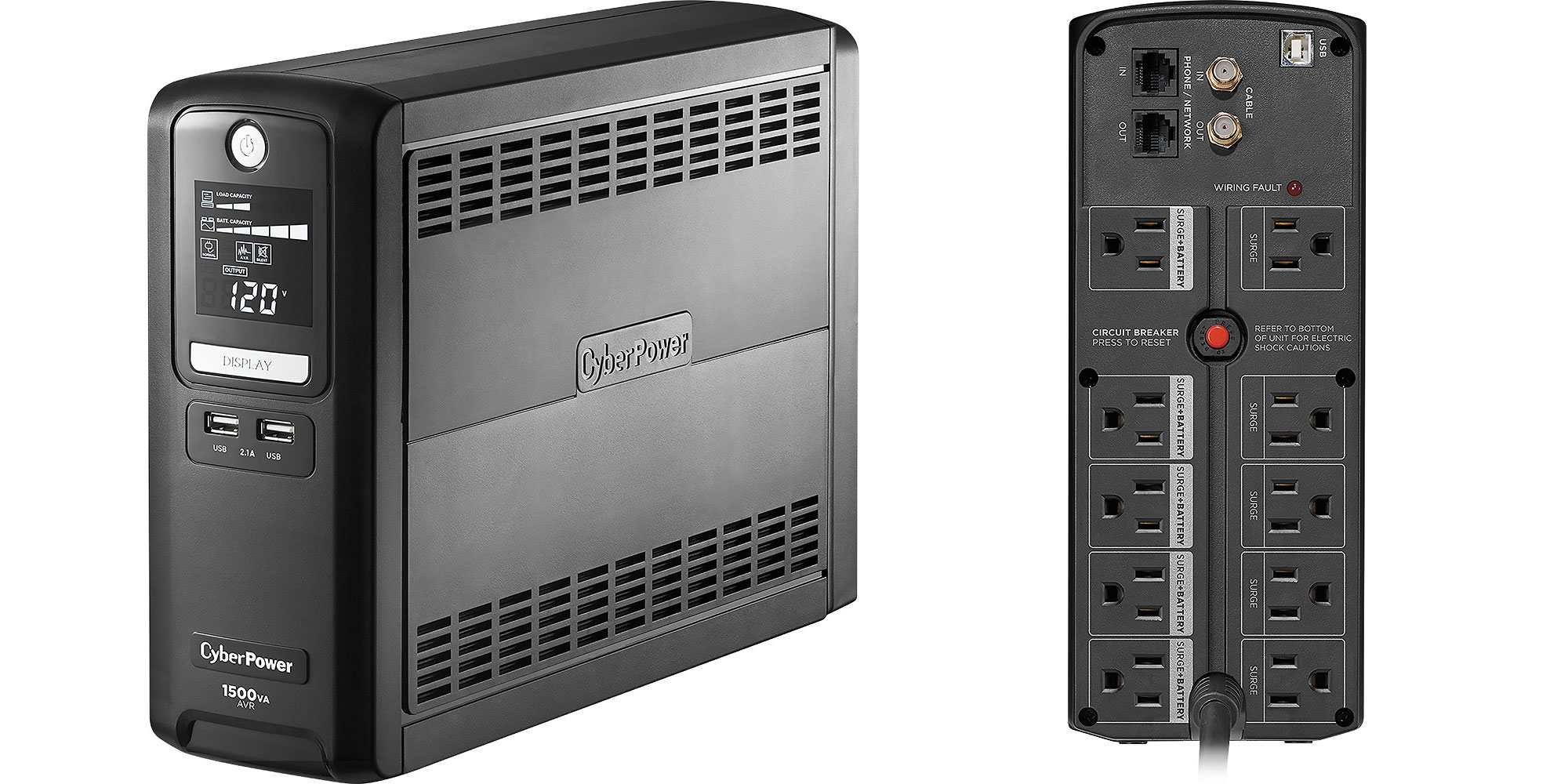

You have already decided your UPS’ topology and what size it needs to be. How much time do I want electricity once the power goes out? Your UPS system will need to have enough outlets to cover the number of power cords. Once you have calculated your load, count the number of power cords you want to connect to the UPS. Here is an example of an equipment list to verify the load: If you are unsure how many watts your equipment requires, consult the manufacturer or power supply specifications in the user manual. If a piece of equipment has a redundant power supply, only count the wattage of ONE power supply. Include all of the devices the UPS will need to support. To identify the load, make an equipment list, including the total watts each piece of equipment requires to run properly. The Load is the combined amount of power each of the devices use. To find the UPS capacity, you will need to calculate the load. The higher the capacity, the more electronic equipment, and devices it can support. Capacity is how much power a UPS system can provide (measured in Watts).

In order to make your UPS run properly, your UPS has to be large enough to support all of the equipment plugged into it. Make a list of your most common power problems from the definitions above, and use the chart below to pick which topology solves your problems. Harmonic Distortion – A departure from the ideal electrical signal on a given power source.Frequency Variation – Not a common problem when power supplies are stable, but it can occur when using generators and power frequency fluctuates more than desired.Frequency Noise – Also known as line noise, frequency noise can disrupt or degrade the performance of a circuit by injecting abnormalities into the system.Over Voltage – Occurs when incoming voltage is higher than normal and lasts longer than a surge but not high enough to be classified as a surge or spike.Voltage Sags – A sag is also a type of under voltage, but, unlike a brownout, it’s sudden and brief.In emergency conditions, power companies may lower the voltage of your electricity to reduce strained resources and avoid a total blackout. Brownout – An intentional or unintentional drop in voltage for an extended period of time.These are most commonly caused by severe weather, utility power shortages, accidents, and power grid failures. Blackout – A power outage lasting anywhere from seconds to days.Surges can damage and destroy electronics, and the intense “spike in electricity” or spike in voltage and current harms circuit boards and components. Surge – A brief, but intense, spike in electricity commonly caused by lightning.If you would like to learn more about power problems, please read our blog: Preventing Common Power Problems.įor now, let’s define possible power problems you might experience: But, many more common power problems exist.īelow are definitions of common power problems.

This is when the power goes out and stays out for a few seconds up to a few days. Many people are aware of only one type of power problem: a blackout. The three topologies are Standby, Line-Interactive, and Double-Conversion. UPS systems have three different topologies, or categories, based on what type of power protection you need. Different UPS systems also provide certain levels of protection for other power problems that arise. The battery backup gives you time to power down sensitive equipment, servers, or even video game consoles without loss of data or progress. Battery life can vary by system and depends on how much power you use. In case of a blackout, the UPS switches immediately over to battery power to provide a continuous power source for the length of the battery. The UPS is also a surge protector that protects connected devices from power problems, like surges or abnormal voltages, which can damage, reduce lifespan, or affect performance of electronic equipment and devices. It helps prevent loss of data and minimizes the stress a hard shutdown causes on your electronic equipment. New to the world of uninterruptible power supply (UPS) systems? Consider this UPS buying guide your introduction to the basic concepts behind UPS Systems and which type will work best for your requirements.Ī UPS, at its most basic, is a battery backup power system that supplies power long enough for equipment to properly shut down when utility power fails.


 0 kommentar(er)
0 kommentar(er)
